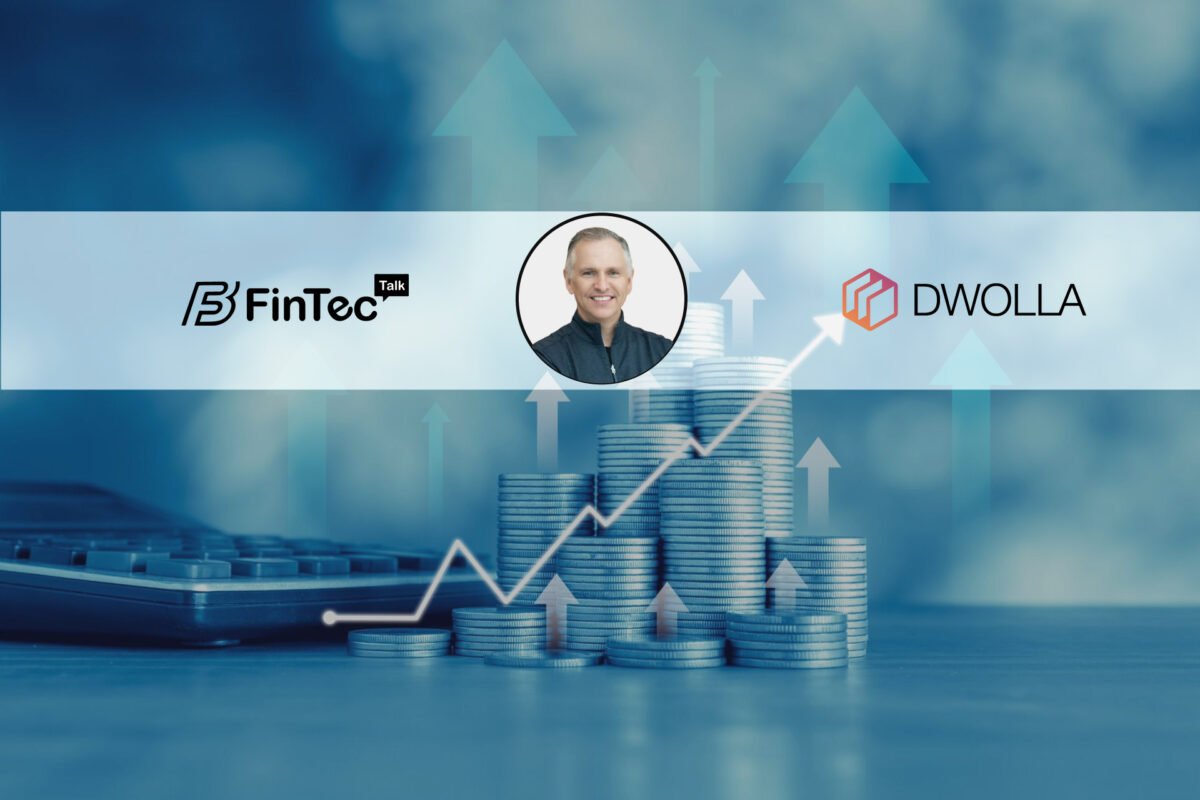Smarter loyalty strategies are redefining how financial institutions build lasting customer value.
Shawn, your journey to becoming Chief Revenue Officer at Wildfire is impressive—what drew you to this role at the intersection of fintech and customer engagement?
What drew me specifically to Wildfire was the power of our platform to drive real engagement for financial institutions through relevant rewards, while increasing card usage and purchase volume by creating a direct channel for communication, and even potentially driving new cardholder acquisition by offering relevant and timely upsells. Wildfire is about bridging the gap between the value banks offer and the value customers actually receive.
I’m inspired by the evolving “Loyalty Era” in today’s consumer landscape. Financial services companies today exist in an intensely competitive environment, and while they often embed incredibly valuable benefits into their products – things like travel insurance, extended warranties, VIP lounge access, dining rewards, etc. – the unfortunate reality is that a significant portion of these perks go unused. This underutilization is not only a missed opportunity for the customer but also for the bank, failing to drive the deeper engagement and loyalty these features were expected to affect in the first place.
Many financial institutions are now embracing loyalty programs—what’s driving this shift beyond just customer retention?
Beyond retention, some of the primary drivers for financial institutions adopting or enhancing loyalty programs include increasing revenue, driving card product acquisition and usage to improve share of wallet, and ultimately boosting customer lifetime value and profitability. The results of the Chase Sapphire Reserve card launch, which acquired more customers within two weeks than Chase had projected for a 12 month period, proves that rich rewards can dramatically drive new customer acquisition Customer sign-ups are just the
first step: ongoing perks and rewards can keep customers engaged and earning value from those programs over time. Chase’s strategy seems to be working out well for them: Chase reported that 90% of those new customers renewed their cards and each spent an average of $40,000 the following year.
Continued customer engagements with bank loyalty programs, including premium credit cards and shopping rewards programs such as Capital One’s Shopping or Citi’s Citi Shop, contribute to growing banks’ customer LTV by increased participation and upsell opportunities.
In your opinion, where do most rewards programs fail to deliver on their promise, despite offering valuable incentives?
I’d say there are three points of failure. The first is simply getting customers to actually use the benefits they’ve earned or that come with a premium card or loyalty program associated with a bank account. Americans belong to many loyalty programs (over 15 on average), but active engagement is much lower: Lending Tree reports 40% of rewards cardholders haven’t redeemed points in the past year, and roughly 70% are sitting on unused rewards. This translates to billions of dollars in rewards going unredeemed, suggesting a huge gap between a program offering value and customers realizing that value.
The second is the user experience. Even when customers are aware of benefits or earned rewards, the process of using them is often a barrier such as lengthy or complicated redemption procedures which reportedly frustrates about 22% of users. Long story short, customers prioritize programs that are easy to grasp and use.
Finally, when benefits are not delivered at the exact moment customers need them or are not integrated into the customer’s natural online journey this poses another challenge for banks. Even though some banks and cards offer a rich variety of member perks, the onus is on those members to remember all benefits AND use them at the right time. How often do you just take your new customer benefit packet and throw it in the garbage, forgetting those perks the next time you book a rental car or buy a plane ticket online?
In essence, while financial institutions’ loyalty programs may offer valuable benefits, the failure often lies in the execution. Banks need to make those benefits easy to find, simple to use, and available at opportune moments.
How important is timing and placement in communicating rewards to customers, especially when competing for their attention across channels?
Timing and placement are critically important in communicating rewards to customers, especially given the intense competition for their attention across numerous channels. This is why well-timed and relevantly placed messaging about available benefits and rewards is critical for reward programs. As I mentioned, simply offering benefits isn’t enough; customers need to be reminded about them at the right time and in a contextually relevant way. And another facet of effective timing and placement means integrating these reminders into the customer’s natural online shopping journey.
What parallels do you see between the strategies used by leading retailers and what banks or fintechs should be doing to promote loyalty offerings?
Banks and fintechs can learn from leading retailers who have successfully navigated a crowded loyalty landscape where consumers belong to many programs but actively use only a few. Just like retailers need to find ways to stand out, financial institutions must move beyond passive programs that await customer participation, to instead offer relevant, personalized benefits that are easy to access and use and are surfaced at the right time. Consumers are frustrated by complicated processes, which mirrors retail customer expectations for frictionless experiences.
Instead of just rewarding transactions, FIs must shift to building a relationship. They can do this by making customers feel the bank “gives back” by providing value tailored to their needs, similar to how successful retailers drive brand affinity and active customer engagement.
Rewards are only as good as the awareness around them. What are the most effective ways to ensure users actually discover and act on these benefits?
Rewards are indeed only as good as the awareness around them. Ensuring users discover and act on rewards requires moving beyond passive delivery to actively putting the benefits naturally in the customer’s path as they go about their usual daily activities, using digital tools that enable timely, contextual, and personalized reminders. This proactive and integrated approach helps overcome the challenges of low engagement and unused benefits in a saturated and noisy market.
With so many digital touchpoints available, how should companies prioritize and orchestrate their marketing efforts to promote loyalty programs effectively?
To effectively cut through all the “digital noise,” marketing efforts must prioritize personalization and deliver benefits that are truly relevant to each customer. Consumers have noted that a program’s ease of access and personalization make them more likely to use it, and a strong majority want loyalty programs that offer personalized rewards tailored to their habits and preferences.
Different demographics also lean towards different channels. For example, younger consumers tend to prefer receiving offers via mobile app notifications. Prioritization means leveraging data to understand what each customer values most, ensuring that the benefits promoted align with their needs, whether it’s cash back, travel perks, or unique experiences.
How do you approach designing loyalty programs that not only drive transactions but also reinforce brand affinity and long-term engagement?
Designing loyalty programs that effectively drive not just transactions but also reinforce brand affinity and long-term engagement requires moving beyond traditional, passive methods to a more dynamic, integrated, and customer-centric approach. Brands today, especially financial brands, must move beyond simply rewarding transactions. They need to be more proactive, integrated, relevant, personalized, simple, and offer real value. Combining these elements will help move the brand from just another payment facilitator or place to store money, into a trusted companion, leading to higher retention, increased spending, and greater share of wallet.
From a revenue standpoint, how do well-marketed rewards programs help financial institutions weather economic volatility or shifting fee models?
Well-marketed rewards programs provide significant advantages to financial institutions from a revenue standpoint, particularly in navigating economic volatility or shifts in revenue models, primarily by driving customer behavior that leads to increased spending, retention, and lifetime value. By leveraging “Loyalty 2.0” principles, including consistency, value, and convenience, banks can turn a loyalty program from being a cost center into a strategic investment that drives higher spending, superior retention, increased lifetime value, and successful acquisition and cross-selling.
What’s next for the evolution of loyalty marketing in financial services, and how is Wildfire preparing for that future?
Wildfire is preparing for the future by providing solutions that help move financial institutions beyond static, siloed loyalty programs and limited app engagement, to a dynamic, integrated companion that enables them to deliver customers valuable, timely benefits that reinforce brand affinity and drive long-term loyalty and ultimately revenue growth.
A quote or advice from the author :
“Courage is one of the most important traits I look for when recruiting new hires, because so much stems from this simple concept. The whole banking and payments industry is being reinvented at lightning speed; it is not an option to sit on the sidelines and wait for things to happen — you need to have the courage to make things happen.”
Stay Ahead of the Financial Curve with Our Latest Fintech News Updates!




